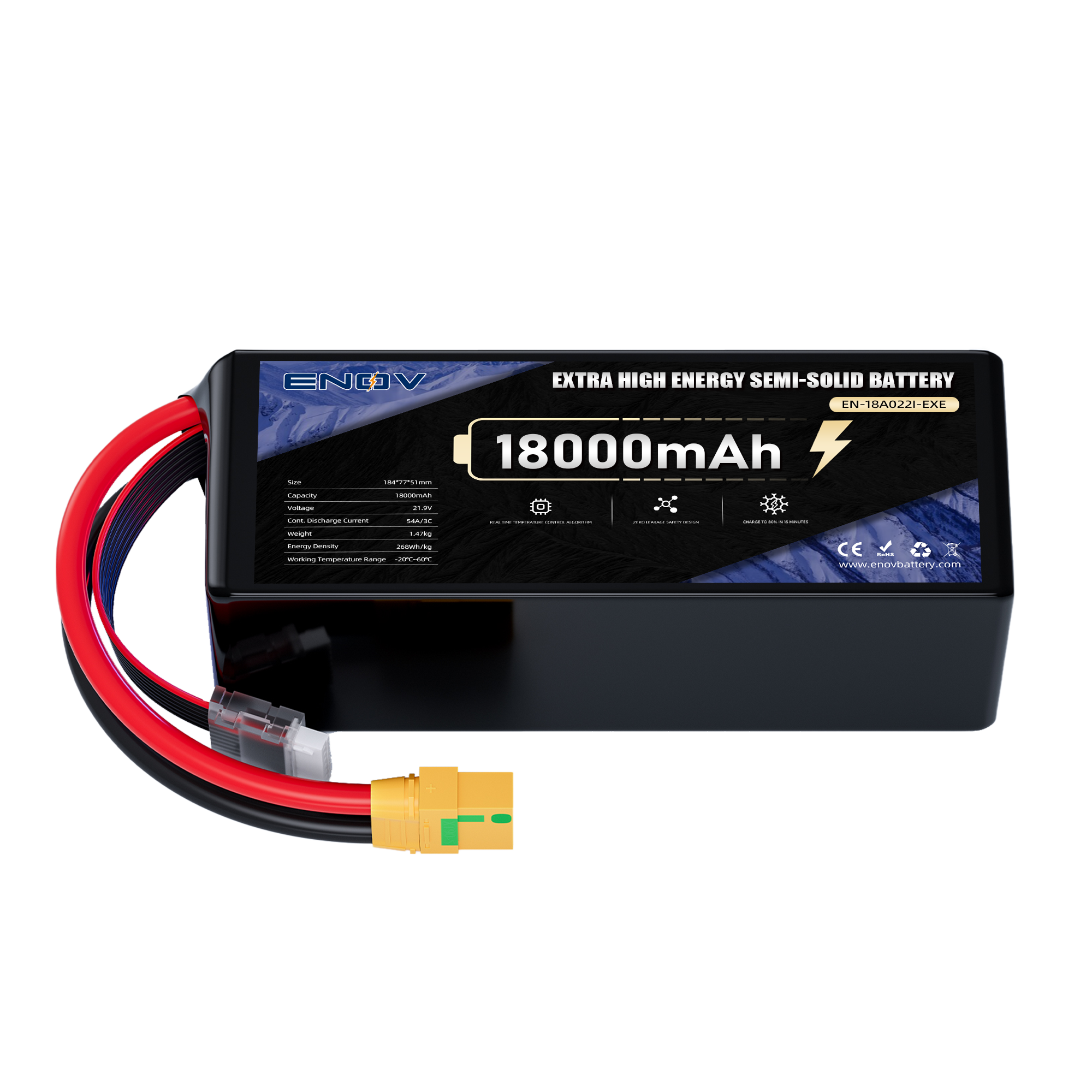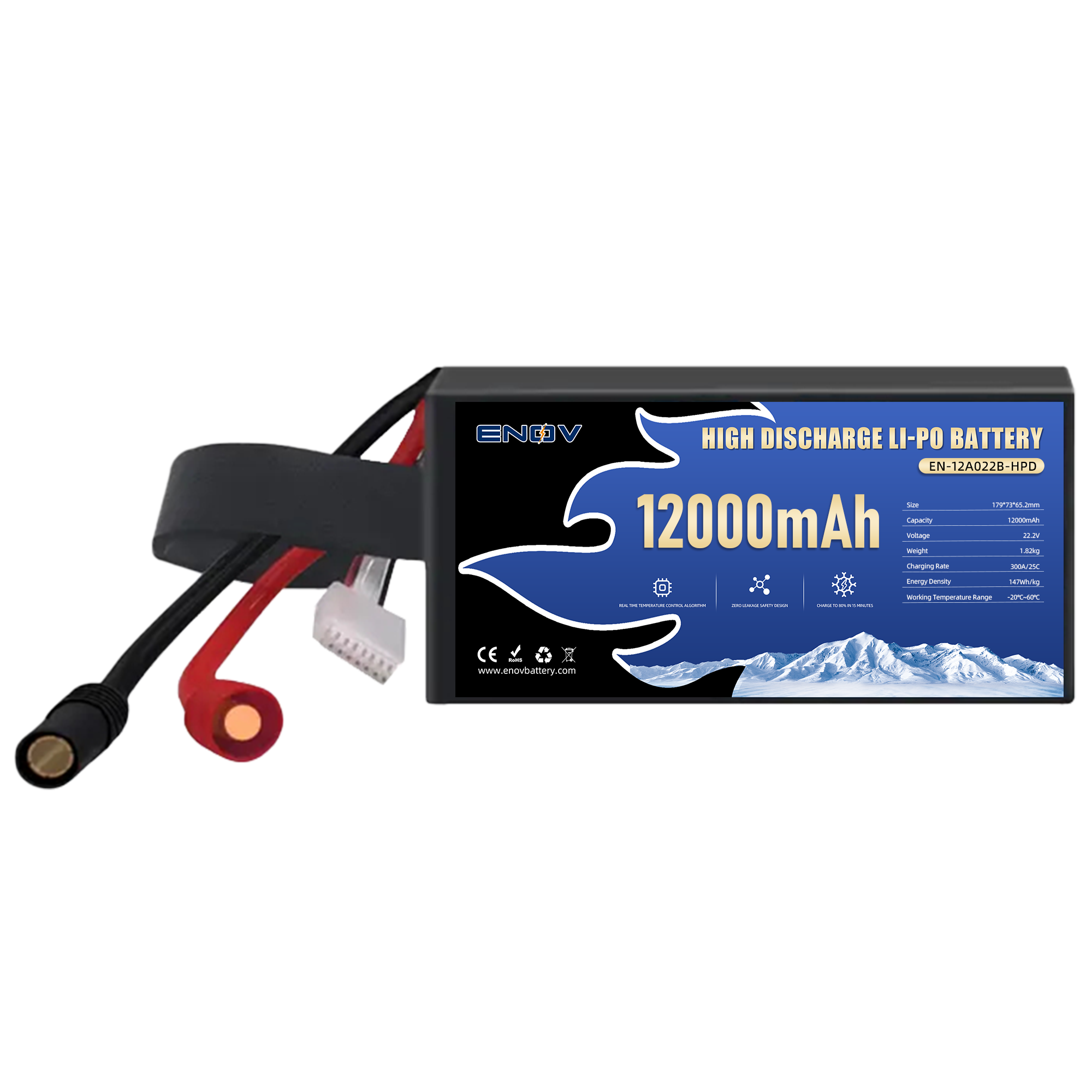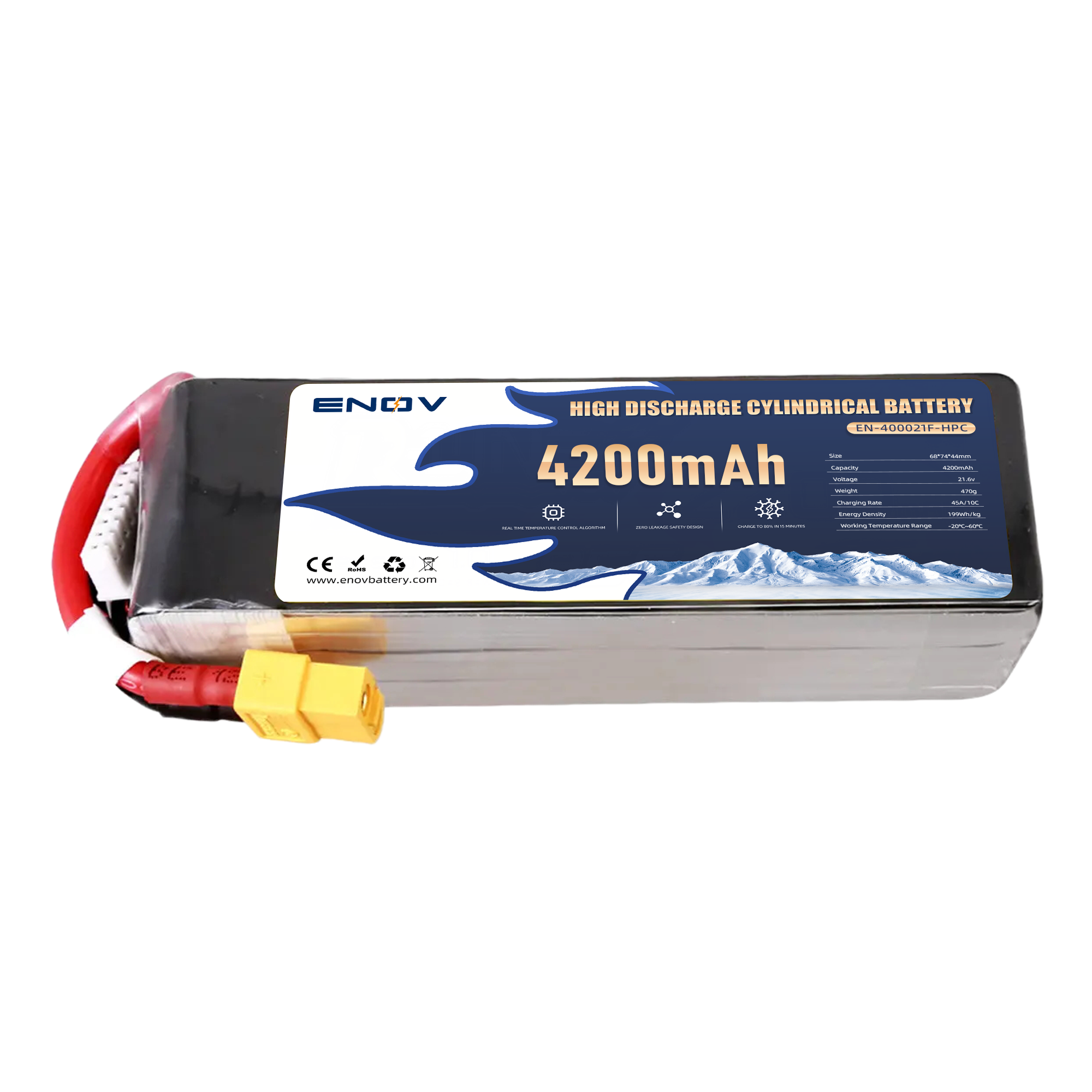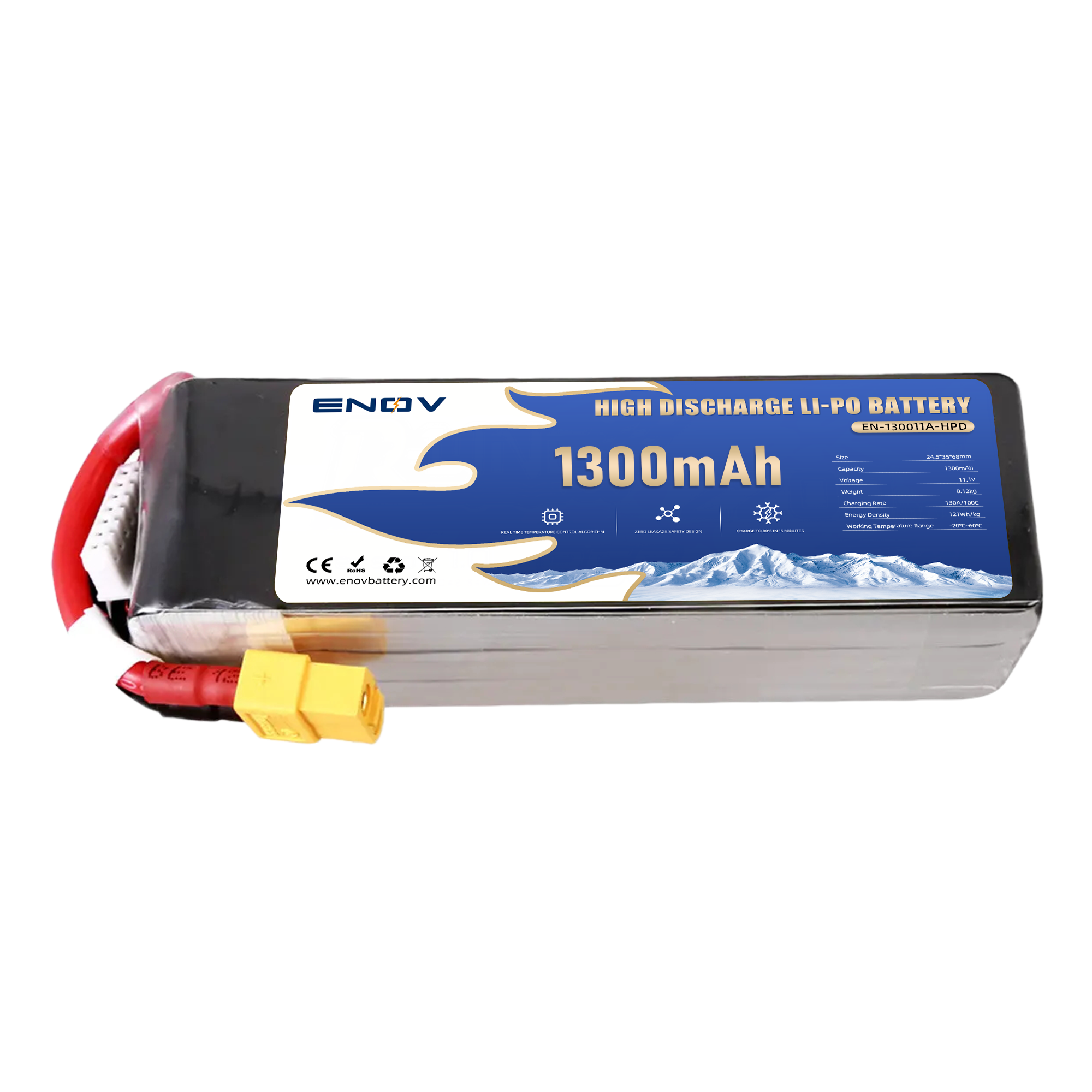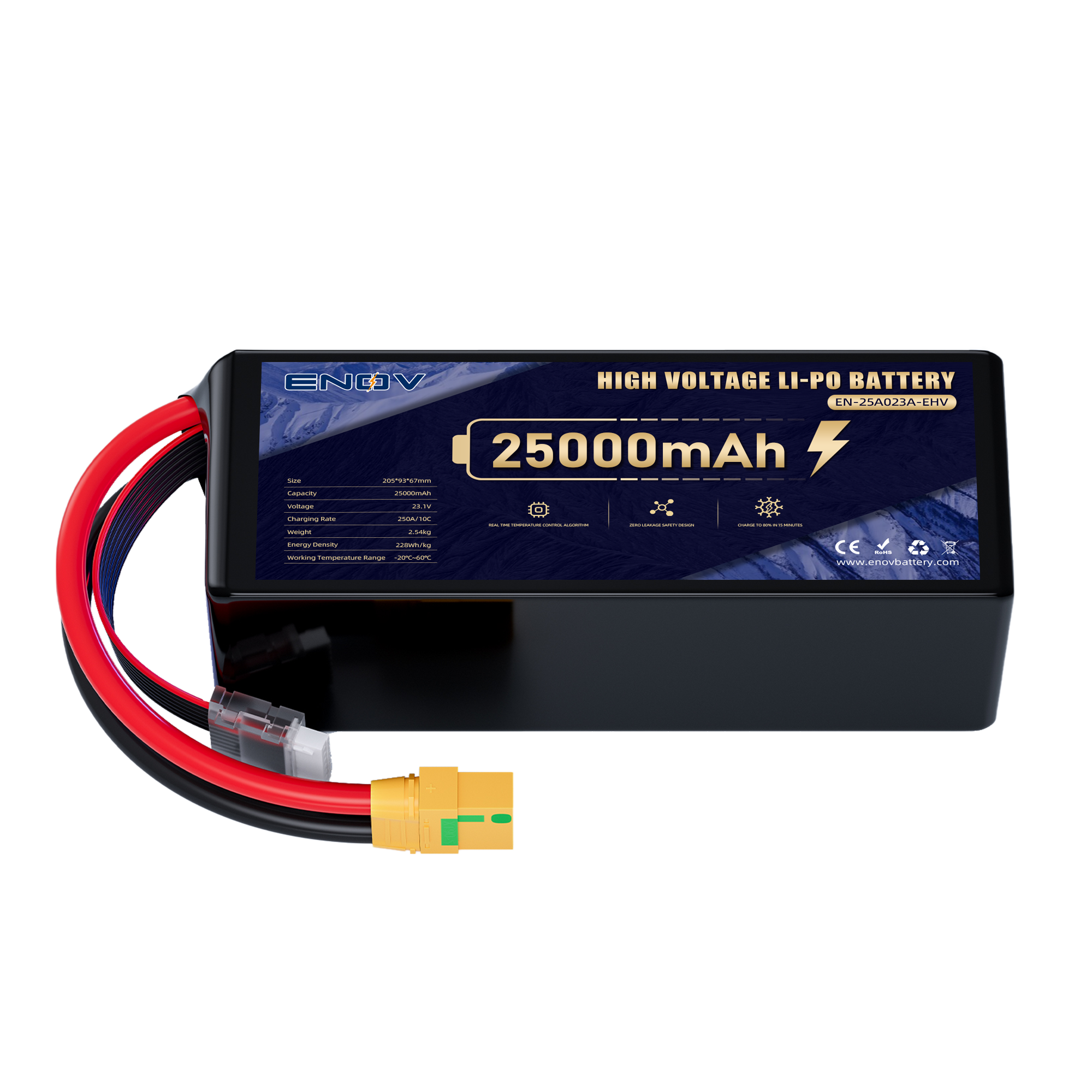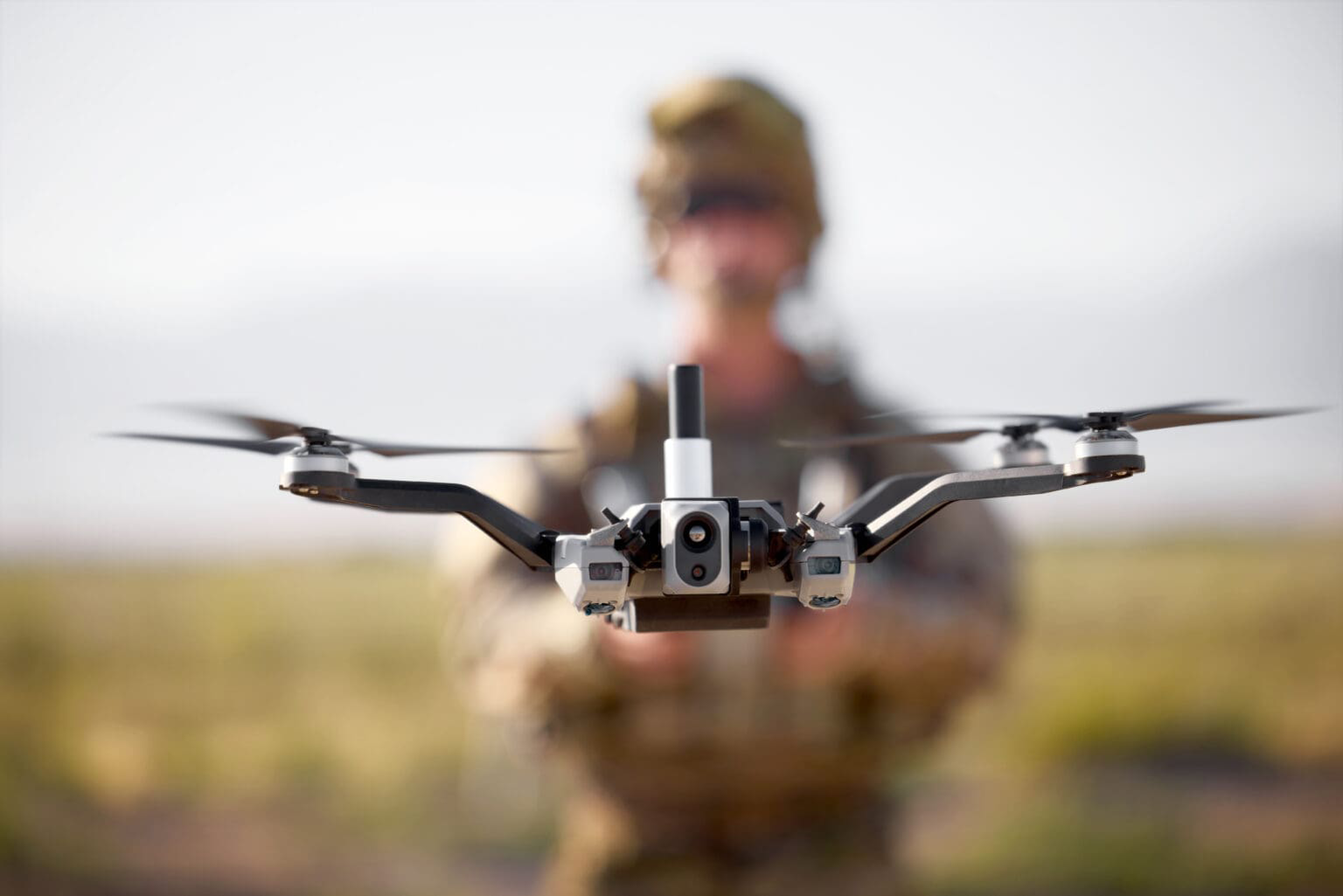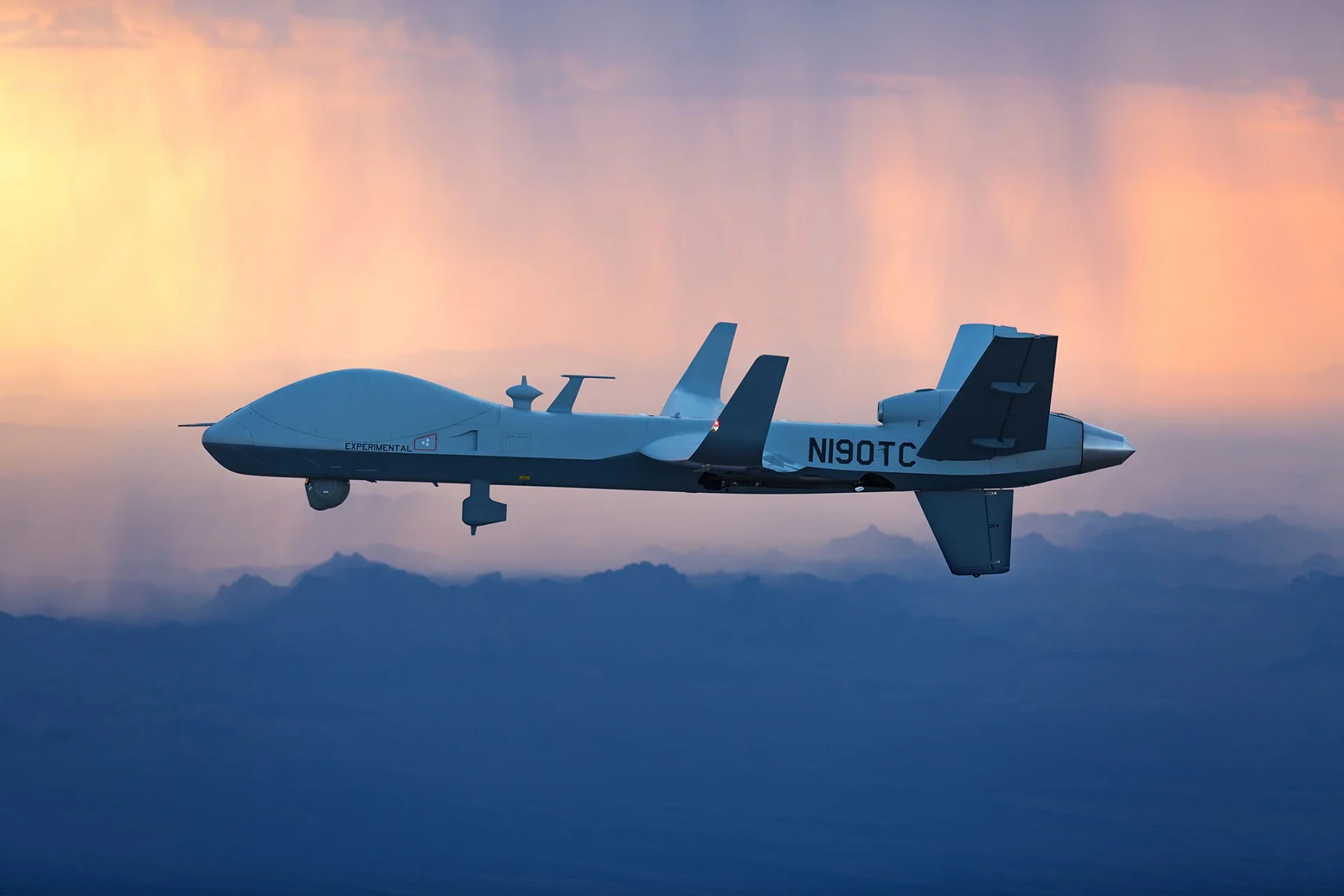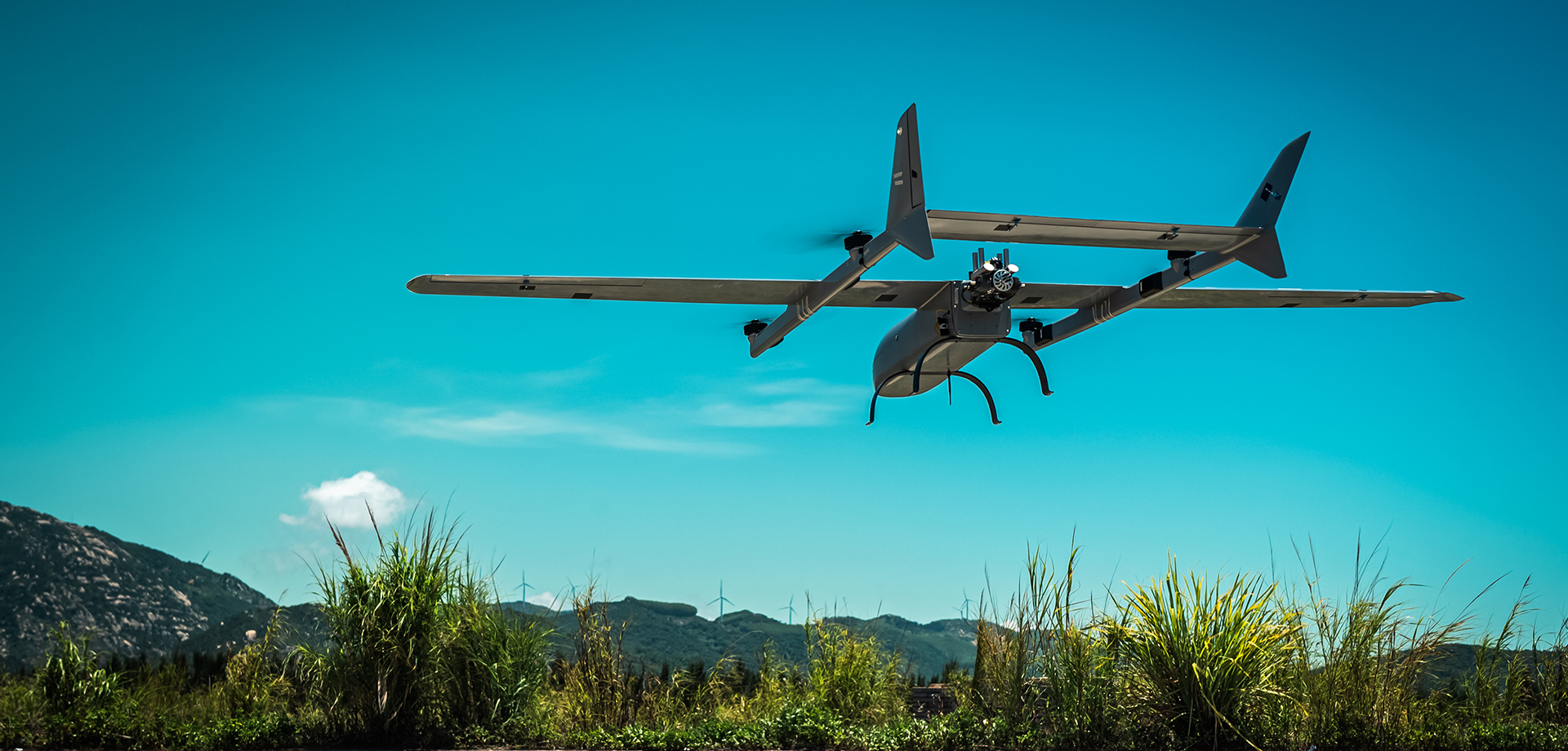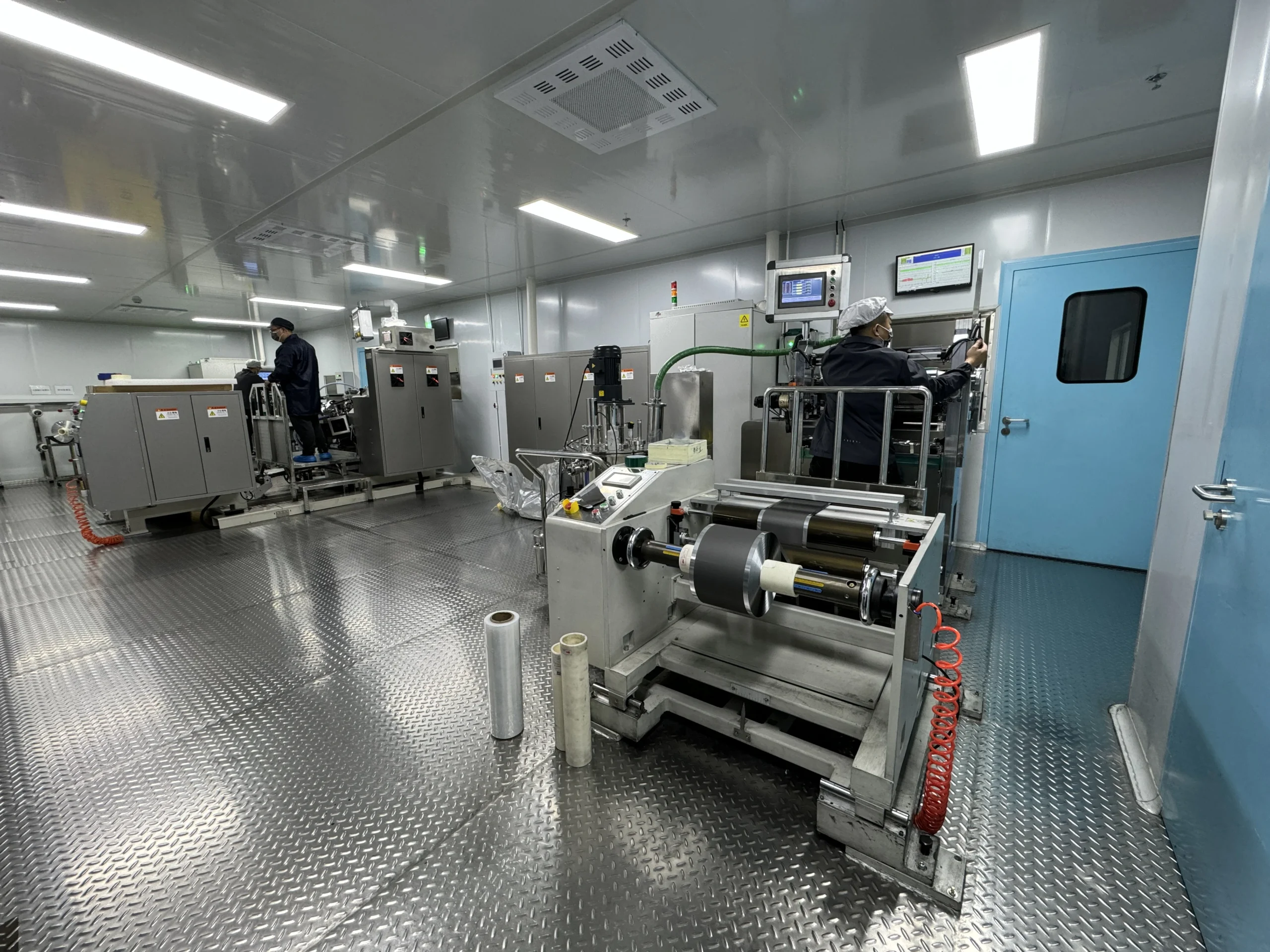Aerial Drone Battery Selection: Balancing Lightweight Design and High Discharge Rates for Optimal Performance
For cinematographers, surveyors, and emergency response teams relying on aerial drones, battery selection is a high-stakes equation: how to maximize flight time through lightweight engineering without sacrificing the instantaneous power bursts (high C-rates) required for agile maneuvers or heavy payload lifts. This balance hinges on advanced material science, intelligent thermal design, and a deep understanding of mission profiles.
main content
The Lightweight Imperative
Every gram saved in battery weight translates to extended flight time or enhanced payload capacity. Modern LiCoO₂ (lithium cobalt oxide) batteries achieve energy densities of 240-260 Wh/kg, enabling 30+ minute flights for 500g cinematography drones. However, lightweighting demands trade-offs. Ultra-thin aluminum casings (0.5mm vs. standard 1.2mm) reduce weight by 18% but require ceramic-polymer composite coatings to prevent deformation during 15C+ discharges. Similarly, single-layer electrode designs save 8-12% mass but risk delamination under rapid temperature swings.
High C-Rate Realities
Professional drones demand 10-20C continuous discharge for sudden altitude changes or wind resistance compensation. While NMC (nickel manganese cobalt) batteries inherently support higher rates than LiCoO₂, their 180-200 Wh/kg density often necessitates larger packs. Innovations like laser-structured silicon-graphite anodes bridge this gap—boosting LiCoO₂’s discharge capability to 12C while maintaining 230 Wh/kg density. In 2023 field tests, such batteries enabled a Hollywood production team’s 6kg cinema drone to execute 5-second 20m ascents without voltage sag, a feat impossible with conventional cells.
The Thermal Balancing Act
High-rate discharges generate heat that lightweight cells struggle to dissipate. A 10Ah battery discharging at 15C (150A) produces 90W of heat—enough to raise internal temperatures by 1.5°C/second. Solutions include:
Phase-change material (PCM) layers absorbing 150-200J/g during thermal spikes,
Graphene-enhanced current collectors reducing I²R losses by 40%,
Asymmetric cooling channels prioritizing heat extraction from anode regions.
Certification-Driven Selection
Prioritize batteries with dual UL 2580 (automotive abuse tolerance) and EN 62485-2 (aerial use) certifications. These validate performance under simultaneous stressors—like a 2kg aerial LiDAR operating at 10C discharge while vibrating at 5G.
Operational Intelligence
Smart battery management systems (BMS) now predict C-rate needs using AI models trained on flight patterns. For example, during slow panoramic shots, the BMS throttles discharge to 3C, preserving cycle life; when evading obstacles, it unleashes 18C bursts with 1ms response times.
For procurement teams, the optimal battery doesn’t “balance” lightweight and high-rate—it redefines their synergy. Partner with innovators who treat every cell as a physics puzzle, not a commodity. Because in aerial missions, the right battery isn’t just power—it’s the difference between a flawless shot and a lost opportunity.
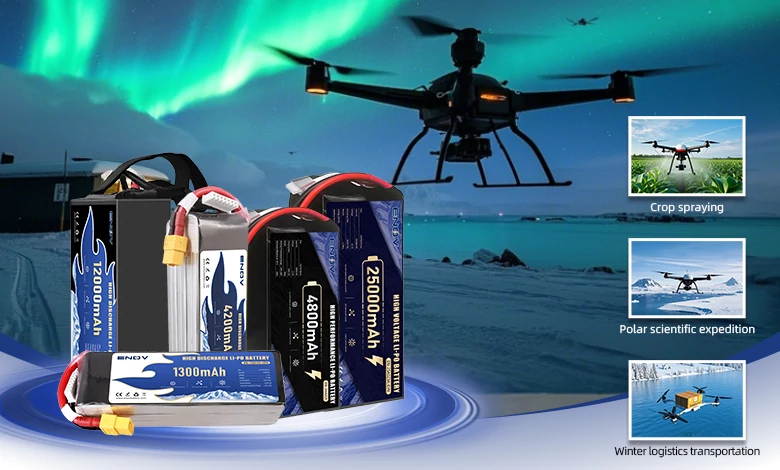
UAV DRONE battery
Enov UAV battery has the most advanced UAV battery new technology, it has a lightweight structural design, ultra-high energy density, stable continuous discharge, customized ultra-high instantaneous discharge, wide temperature working range, stable charge and discharge, battery materials can choose high nickel terpolymer positive/silicon carbon negative material system combined with semi-solid battery technology. Or choose a more mature application of more UAV lithium battery technology, available UAV battery nominal voltage 3.7V, capacity 18.0Ah ~ 30.0Ah, support 10C continuous discharge and 120C pulse discharge (3 seconds). With ultra-high energy density (220-300Wh/kg) as its core advantage, Enov UAV batteries can meet the needs of long-term endurance scenarios such as plant protection drones and transport drones, while maintaining stable emission performance in extremely low temperature environments (-40℃).
Other products
START-STOP LITHIUM BATTERY
LITHIUM ENERGY STORAGE BATTERY
QUICK INQUIRY
FAQ
Access to high frequency technical questions with one click, get accurate answers on product application, after-sales policy and customization process.
Service and Support
Get the latest product specifications, explore professional OEM/ODM customization services, click to open exclusive technical support and production solutions.
Become a Partner
We sincerely invite resources to interconnect, work together for win-win development, and immediately open a new chapter of strategic cooperation!
